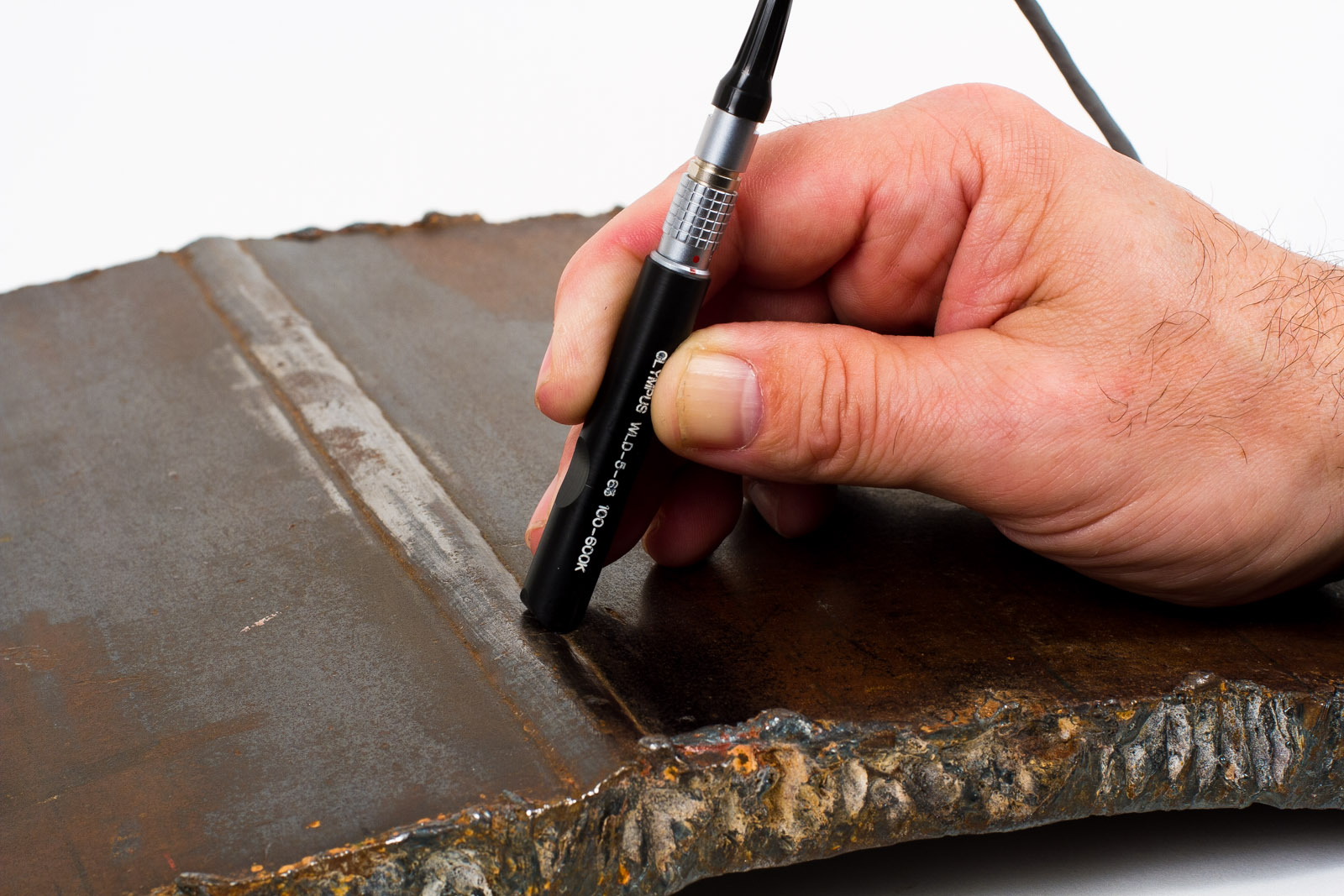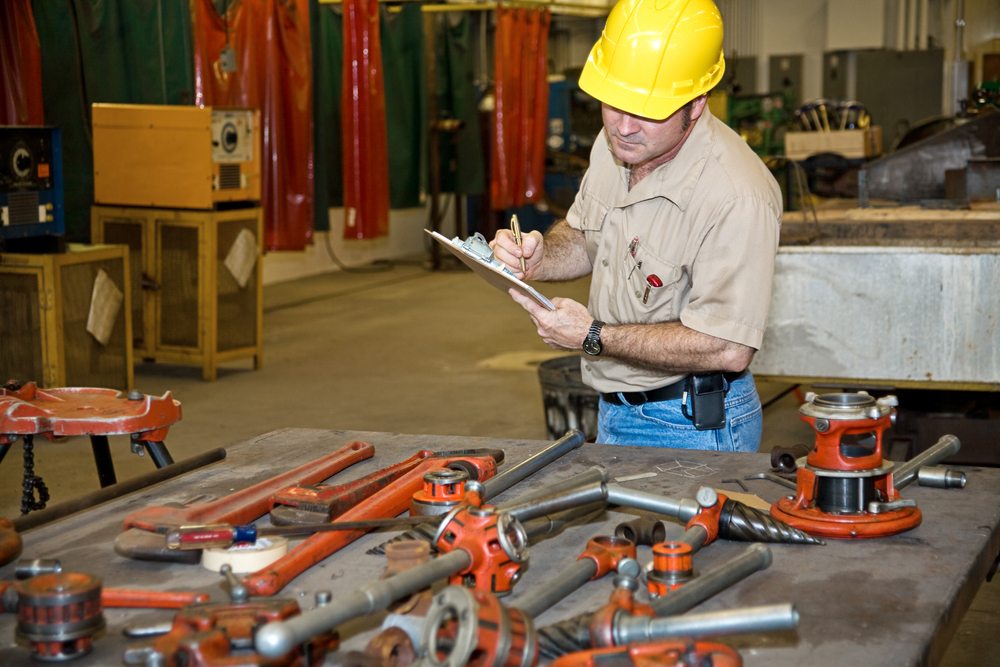Recognizing the Value of Welding Evaluation in Ensuring Structural Stability
Welding examination plays a crucial role in keeping architectural honesty within the building sector, offering as an essential safeguard against prospective failings. By systematically identifying usual defects-- such as porosity and insufficient blend-- assessments not only copyright high quality standards however additionally ensure conformity with safety laws.
Function of Welding in Building And Construction

In addition to architectural applications, welding is integral in the manufacture of both large-scale and detailed parts. It permits for the modification of components, allowing engineers and designers to bring their layouts to fruition. The adaptability of welding strategies, including MIG, TIG, and arc welding, enables the efficient joining of various products and densities, satisfying certain job requirements.
Additionally, the advancement of welding technologies has actually led to enhanced efficiency and accuracy in building procedures. Automated welding systems enhance efficiency while minimizing human error, consequently advertising greater high quality outcomes. Consequently, the duty of welding in building prolongs beyond simple assembly; it is a vital consider ensuring the safety and security, longevity, and overall stability of structures, highlighting its importance in the modern building landscape.
Usual Welding Flaws
The integrity of bonded frameworks is dramatically influenced by the existence of problems that can jeopardize their efficiency and safety and security. Common welding flaws include porosity, insufficient combination, undercutting, and slag inclusions, each of which can badly affect the total toughness and durability of bonded joints.
Porosity occurs when gas bubbles are entraped in the weld steel, resulting in lowered tensile strength. Insufficient fusion emerges when the weld steel does not effectively bond with the base metal, leading to weak joints prone to failure. Undercutting, a groove that forms at the edge of the weld, can reduce the reliable cross-sectional location, boosting the danger of crack. Slag incorporations happen when non-metallic products become caught in the weld, leading to stress and anxiety focus points that might start cracks.
Various other problems, such as too much spatter and misalignment, can likewise add to architectural weak points. Determining and addressing these flaws during the welding process is essential to ensure the integrity of the final framework. Awareness of these typical welding issues is vital for assessors and engineers to preserve the honesty of welded structures and make sure long-lasting safety and performance.
Advantages of Welding Examination
Making sure the stability of bonded frameworks relies greatly on the performance of welding evaluation procedures. The main advantage of welding assessment is the very early detection of prospective issues, which can significantly reduce the risk of tragic failings. By determining concerns such as fractures, incomplete combination, or porosity prior to they escalate, inspection processes help keep the safety and dependability of structures.
Moreover, welding assessment boosts compliance with market standards and laws. Sticking to these needs is crucial for preventing lawful effects and guaranteeing that jobs satisfy necessary safety procedures. This conformity also fosters a society of quality control, advertising best techniques among welding workers.
Furthermore, regular examination can bring about cost savings in time. By mitigating the possibility of rework or repairs because of welding problems, organizations can designate resources a lot more effectively, inevitably improving efficiency.

Assessment Strategies and Criteria
Effective inspection strategies and criteria are important parts of maintaining the honesty of welded structures. These approaches make certain that welds are done properly and fulfill the required specifications, thereby minimizing the threat of architectural failure. Usual examination methods consist of visual evaluation, ultrasonic screening, radiographic screening, and magnetic bit screening. Each method has its special advantages and applications, relying on the certain needs of the task.
Visual evaluation is commonly the initial step, allowing inspectors to identify surface defects such as splits or inappropriate bead forms. Ultrasonic testing site here employs high-frequency sound waves to spot inner defects, while radiographic testing utilizes X-rays or gamma rays to expose hidden variances within the weld. Magnetic fragment testing works for discovering surface area and near-surface flaws in ferromagnetic products.
Standards play an important function in guiding these evaluation processes, with companies such as the American Welding Society (AWS) and the International Organization for Standardization (ISO) click for more providing thorough standards. Conformity with these requirements not just ensures the high quality of welds however additionally fosters trust fund among stakeholders in the architectural stability of the ended up item. Abiding by recognized examination strategies and criteria is fundamental to accomplishing resilient and reliable welded structures.
Regulatory Conformity and Safety
Regulatory conformity is crucial for securing the safety and integrity of welded structures. Sticking to well-known codes and standards, such as those established by the American Welding Culture (AWS) and the American National Requirement Institute (ANSI), ensures that welding practices satisfy rigorous safety and top quality requirements. These regulations are created to prevent failings that could cause devastating occurrences, injuries, or death.
Conformity with these policies entails routine assessments and evaluations throughout the welding procedure. Certified examiners assess welds for adherence, stamina, and quality to specs, making my website certain that any kind of deviations are promptly addressed. This positive technique not just boosts the architectural integrity of bonded components however also mitigates dangers linked with non-compliance.
Moreover, regulatory bodies commonly require paperwork of assessments and compliance records, which work as legal proof of adherence to security standards. Firms that focus on regulatory compliance not just secure their labor force and clients yet also enhance their reputation within the sector. Ultimately, understanding and applying these policies is vital for any organization aiming to preserve high safety and security standards and attain lasting functional success in welding methods.
Verdict
In final thought, welding evaluation plays an essential role in preserving architectural honesty within the building and construction industry. Inevitably, a dedication to strenuous welding examination is crucial for guarding both the labor force and the stability of built structures.
The convenience of welding techniques, including MIG, TIG, and arc welding, allows for the effective joining of various materials and densities, catering to specific task requirements.
Guaranteeing the stability of bonded frameworks counts heavily on the effectiveness of welding evaluation processes (Welding Inspection Milwaukee). In summary, the benefits of welding inspection are multifaceted, vital for making sure architectural stability and operational quality

Sticking to established codes and criteria, such as those set by the American Welding Culture (AWS) and the American National Requirement Institute (ANSI), ensures that welding methods meet rigorous safety and high quality needs. Inevitably, a dedication to extensive welding examination is necessary for guarding both the workforce and the integrity of created structures.